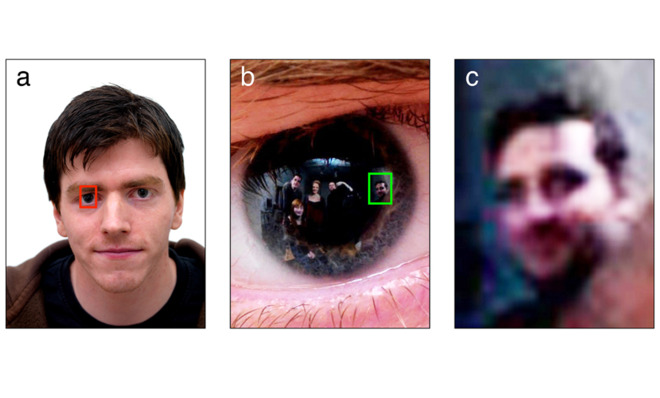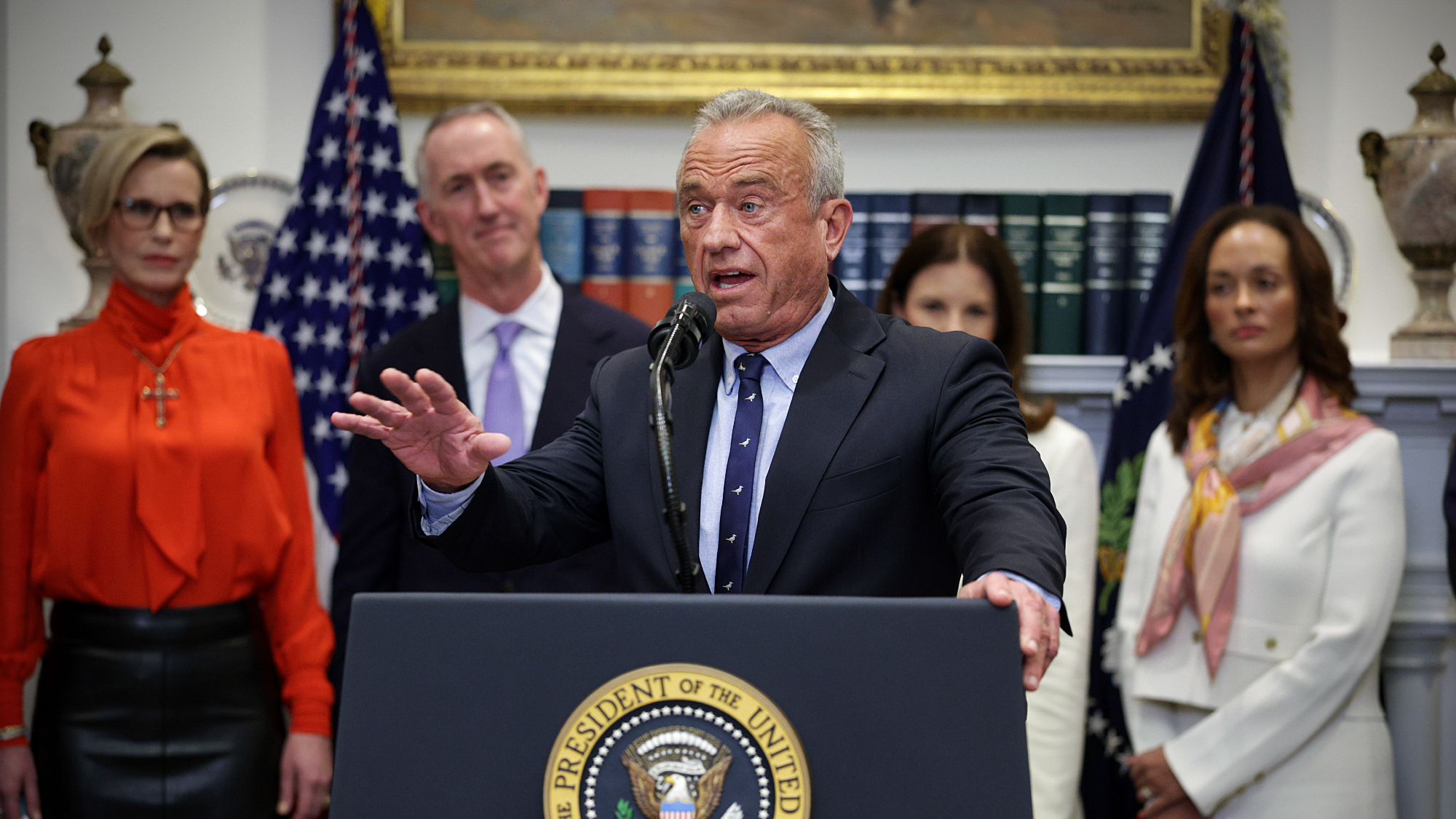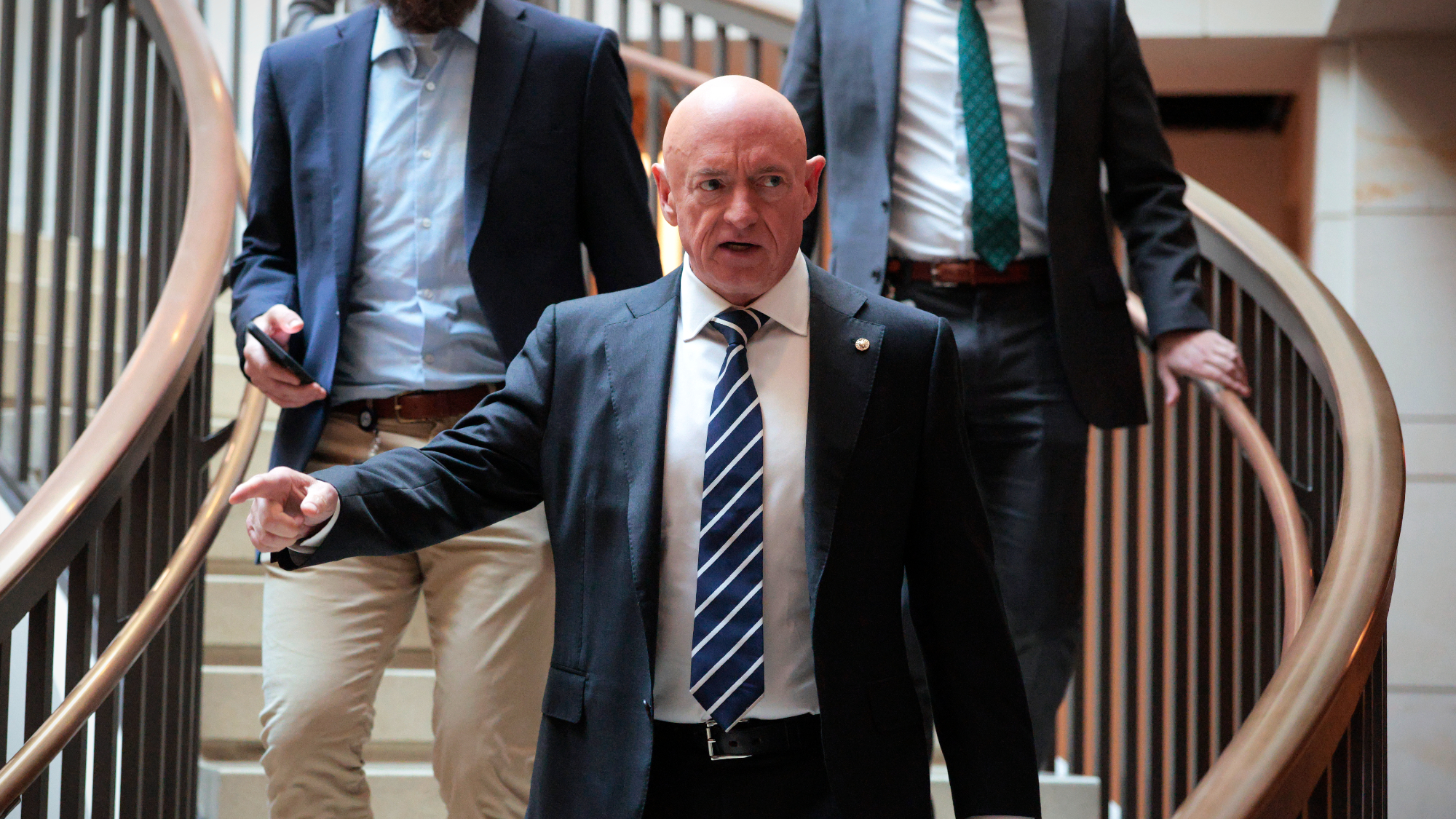'Zoom and enhance': A much-mocked CSI trope becomes reality
Scientists figure out the image enhancement technique that TV cop dramas have been using for years

It's a standard television crime drama trope: The only thing the good guys have to work with is a dark, grainy, and heavily pixilated surveillance tape, but by crowding around the computer and saying "zoom and enhance" a lot (as if it's some sort of magic spell), they're able to get crystal-clear pictures of the bad guy's face or a license plate or whatever else they need. That technical wizardry seems a little less absurd now thanks to the recent work of a pair of scientists from the United Kingdom.
Stare at someone eye to eye and you'll see yourself, in miniature, reflected in their eyeball. In a new study, psychologists Rob Jenkins and Christie Kerr show that, when captured in a hi-res photo, those reflections can reveal the kind of details and information that would make any prime-time cop jealous — including identifiable images of bystanders who weren't in the photo.
The pair took passport-style head shots of eight different volunteers while several other volunteers stood next to the camera, facing the subject. By, of course, zooming in on the subjects' eyes…
The Week
Escape your echo chamber. Get the facts behind the news, plus analysis from multiple perspectives.

Sign up for The Week's Free Newsletters
From our morning news briefing to a weekly Good News Newsletter, get the best of The Week delivered directly to your inbox.
From our morning news briefing to a weekly Good News Newsletter, get the best of The Week delivered directly to your inbox.
...and enhancing the images, Jenkins and Kerr were able to extract the faces of the bystanders from each photo.
To see if these tiny portraits, some 30,000 times smaller than the actual subjects of the photos, could be identified as people, Jenkins and Kerr paired the reflected images of each bystander with a clearer picture of that same person, and also with a picture of a person who looked similar. The volunteers were then given all these pairs of pictures and asked to match the bystanders' reflected faces to their normal photos. When the bystanders were people that the volunteers didn't know, they were able to match the reflected and normal face images 71 percent of the time, and when the volunteers were already familiar with the people they were looking at, their accuracy went up to 84 percent.
Not only could people identify faces pulled from corneal reflections, Jenkins and Kerr soon found out that they could also recognize them. When they submitted their study for publication, a reviewer at one of the journals recognized Jenkins as one of the bystanders shown in the paper's images. The pair ran another experiment to see if other people could do the same. They asked another set of volunteers who all knew Jenkins to look at images of the reflected bystanders and name anyone they could identify, and 90 percent of them were able to recognize Jenkins' tiny face.
Given just a few hundred pixels, people were able to identify and recognize faces, and sometimes the people they belonged to. Jenkins and Kerr hope that their work could be applied to forensics, making TV-style clue hunting a little more in line with reality. In cases where victims are photographed (hostages, child pornography), the technique could be used to grab images of the perpetrators for identification. In other situations, it may be useful for piecing together networks of associates or identifying the locations that someone has visited.
A free daily email with the biggest news stories of the day – and the best features from TheWeek.com
Jenkins and Kerr admit that the technique isn't ready for police work just yet. The pictures used in their study were taken with a high-end 39-megapixel camera, and had much more detail than the iPhone 5's eight-megapixel camera can produce. But the pixel count per dollar for digital cameras has been climbing steadily, and if that keeps up, it's only a matter of time before everyone is carrying around a 39mp camera in their pocket. Even if they aren't, the researchers say that images don't have to be very high quality for faces to be identifiable, and an optimal viewer — someone who's familiar with the faces in question — can be more important than an optimal image.
-
 Trump HHS slashes advised child vaccinations
Trump HHS slashes advised child vaccinationsSpeed Read In a widely condemned move, the CDC will now recommend that children get vaccinated against 11 communicable diseases, not 17
-
 Hegseth moves to demote Sen. Kelly over video
Hegseth moves to demote Sen. Kelly over videospeed read Retired Navy fighter pilot Mark Kelly appeared in a video reminding military service members that they can ‘refuse illegal orders’
-
 Delcy Rodríguez: Maduro’s second in command now running Venezuela
Delcy Rodríguez: Maduro’s second in command now running VenezuelaIn the Spotlight Rodríguez has held positions of power throughout the country